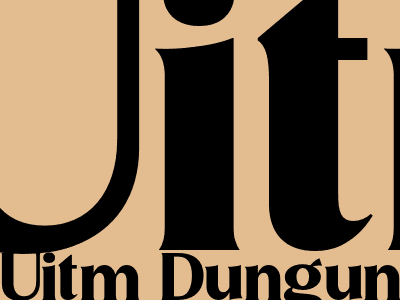A Comprehensive Guide to Optimizing Your Content for Search Engines
Understanding Search Engine Optimization (SEO)
SEO is the practice of optimizing your website and its content to improve its visibility and ranking in search engine results pages (SERPs). By following best practices, you can increase organic traffic to your website, establish your brand as an authority, and ultimately drive more conversions.
Keyword Research: The Foundation of SEO
Keyword research is crucial for identifying the terms and phrases that your target audience is searching for. Use keyword research tools to discover relevant keywords, analyze their search volume, and determine their competitiveness. By incorporating these keywords into your content, you increase the likelihood of your website appearing in SERPs for those queries.
On-Page Optimization: Optimizing Your Content
On-page optimization focuses on improving the quality and relevance of your content. This includes creating high-quality, informative, and engaging content that provides value to users. Use subheadings, bullet points, and lists to enhance readability and scannability. Optimize your page titles and meta descriptions to accurately reflect your content and entice users to click through from SERPs.
Technical SEO: Improving Your Website's Structure
Technical SEO involves optimizing the technical aspects of your website to improve its crawling, indexing, and rendering by search engines. Ensure your website is mobile-friendly, has a fast loading speed, and uses a secure HTTPS connection. Create a clear sitemap and use structured data to help search engines understand your content.
Off-Page Optimization: Building Authority and Credibility
Off-page optimization involves building backlinks from high-quality websites to your own. Backlinks serve as votes of confidence, indicating to search engines that your website is credible and authoritative. Engage in guest blogging, participate in industry forums, and create valuable content that others will want to link to.
Content Optimization: Engaging and Informative
Create high-quality, informative, and engaging content that provides value to users. Use subheadings, bullet points, and lists to enhance readability and scannability. Optimize your page titles and meta descriptions to accurately reflect your content and entice users to click through from SERPs.
Keyword Density: Finding the Right Balance
Keyword density refers to the number of times a keyword appears on a page relative to the total word count. While it's important to incorporate keywords into your content, avoid keyword stuffing, which can lead to penalties from search engines. Aim for a keyword density of around 1-2%.
Link Building: Building Credibility and Authority
Link building involves acquiring backlinks from high-quality websites to your own. Backlinks serve as votes of confidence, indicating to search engines that your website is credible and authoritative. Engage in guest blogging, participate in industry forums, and create valuable content that others will want to link to.
Local SEO: Optimizing for Local Searches
Local SEO is essential for businesses that target local customers. Optimize your Google My Business listing, use location-based keywords, and build citations from local directories to improve your visibility in local search results.
Image Optimization: Enhancing Visual Content
Images can enhance your content and make it more visually appealing. Use descriptive file names, alt tags, and image compression to optimize your images for search engines. Ensure that your images are relevant to your content and provide additional value.
Mobile Optimization: Catering to Mobile Users
With the majority of searches now conducted on mobile devices, mobile optimization is crucial. Ensure that your website is responsive, loads quickly, and provides a seamless user experience on all devices. Use mobile-friendly design elements and avoid excessive use of pop-ups and interstitials.
Conclusion
SEO is an ongoing process that requires patience, consistency, and continuous adaptation. By following these best practices, you can improve your website's visibility, establish your brand as an authority, and drive more organic traffic to your website.

Uitm Dungun

تعليقات